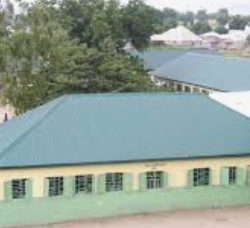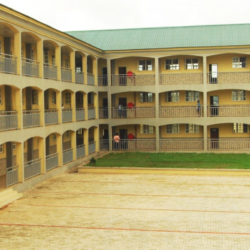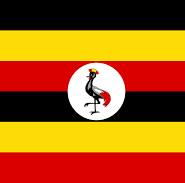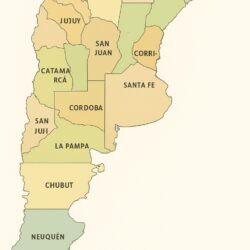Argentina is one of the largest and most influential nations in Latin America, not only in terms of geography but also in population. With over 47 million inhabitants in 2024, it ranks as the third most populous country in South America and the 33rd worldwide. Its demographic profile reveals a nation undergoing significant transformation, moving from a younger, fast-growing society to one that is increasingly older and slower-growing.
Understanding Argentina’s population trends sheds light on its economy, social policies, and cultural dynamics. Let’s explore the census data, growth rates, age distribution, fertility levels, life expectancy, and social attitudes that define modern Argentina.
Population Growth in Argentina
Census Data Over Time
- 2010 Census: 40,117,096 inhabitants
- 2022 Census: 46,044,703 inhabitants
- 2024 Estimate: 47,067,441 inhabitants
This steady increase highlights Argentina’s moderate but consistent population growth over the past decades.
Population Ranking
- 3rd in South America (after Brazil and Colombia)
- 4th in Latin America (after Brazil, Mexico, and Colombia)
- 33rd globally
Population Density and Growth Rate
Argentina is a vast country with a relatively small population density of 15 persons per square kilometer, far below the global average of 50 persons/km².
In 2010, the growth rate was estimated at 1.03% annually, supported by:
- Birth rate: 17.7 live births per 1,000 inhabitants
- Mortality rate: 7.4 deaths per 1,000 inhabitants
- Net migration rate: fluctuating between slightly negative and up to +4 immigrants per 1,000 inhabitants annually
Demographic Transition in Argentina
Like many nations, Argentina is experiencing a demographic transition marked by:
- Declining fertility rates
- An aging population
- Lower infant mortality
Age Structure
- Under 15 years old: 25.6% (slightly below world average of 28%)
- 65 years and older: 10.8% (second only to Uruguay in Latin America; well above world average of 7%)
This shift points to increasing pressure on healthcare, pensions, and social services as Argentina’s population continues to age.
Fertility and Infant Mortality Rates
Fertility Decline Over Time
- 1895: 7.0 children per woman
- 2010: 2.3 children per woman
- Today: close to replacement level, but still nearly twice as high as Spain or Italy
Infant Mortality
Argentina has a comparatively low infant mortality rate, reflecting improvements in healthcare and social conditions.
Life Expectancy and Median Age
- Median age (2015): 31.9 years
- Life expectancy (2015): 77.14 years at birth
These figures place Argentina among the countries with higher life expectancies in Latin America, showing better health standards compared to many regional peers.
Migration Trends in Argentina
Migration plays a moderate role in Argentina’s demographic profile. While net migration fluctuates, the country has long been a destination for immigrants from neighboring Latin American countries and even from Europe in earlier decades.
Social Attitudes and LGBT Rights
One of Argentina’s most progressive aspects is its social openness.
- In 2010, Argentina became:
- The first Latin American country to legalize same-sex marriage
- The second in the Americas (after Canada)
- The tenth worldwide
- Attitudes toward LGBT rights remain generally positive, making Argentina one of the most socially inclusive nations in the region.
Frequently Asked Questions (FAQs)
1. What is Argentina’s current population in 2024?
The estimated population of Argentina in 2024 is 47,067,441 inhabitants.
2. How does Argentina rank in terms of population?
Argentina is the third most populous country in South America, the fourth in Latin America, and the 33rd in the world.
3. What is Argentina’s population density?
Argentina has a low density of 15 persons per square kilometer, compared to the global average of 50.
4. Is Argentina’s population aging?
Yes. With 10.8% of the population aged 65 or older, Argentina is experiencing a demographic transition toward an older society.
5. What is the fertility rate in Argentina today?
As of recent years, Argentina’s fertility rate is close to replacement level (around 2.1–2.3 children per woman), a significant drop from the 7.0 children per woman recorded in 1895.
6. What is Argentina’s life expectancy?
Life expectancy at birth is around 77 years, one of the highest in Latin America.

The story of Argentina’s population and demographics reflects a nation in transition. From its rapid growth in the past to its current trend of slower population increase and aging, Argentina mirrors global demographic shifts. Its high life expectancy, declining fertility, and progressive social attitudes highlight a society moving toward modernity while facing new challenges in healthcare, pensions, and immigration.
Argentina’s ability to balance its demographic realities with strong social policies will play a decisive role in shaping its future.












